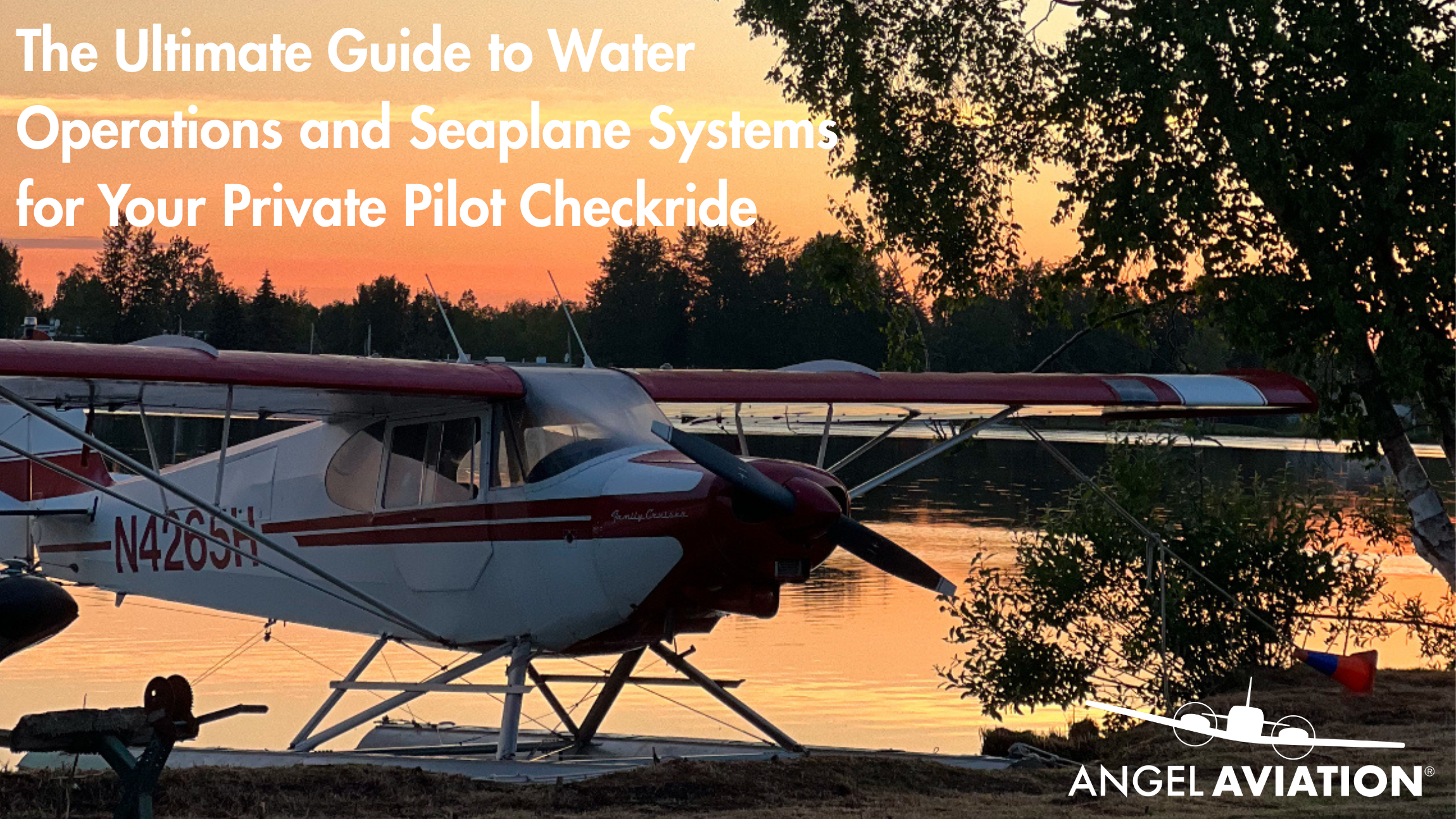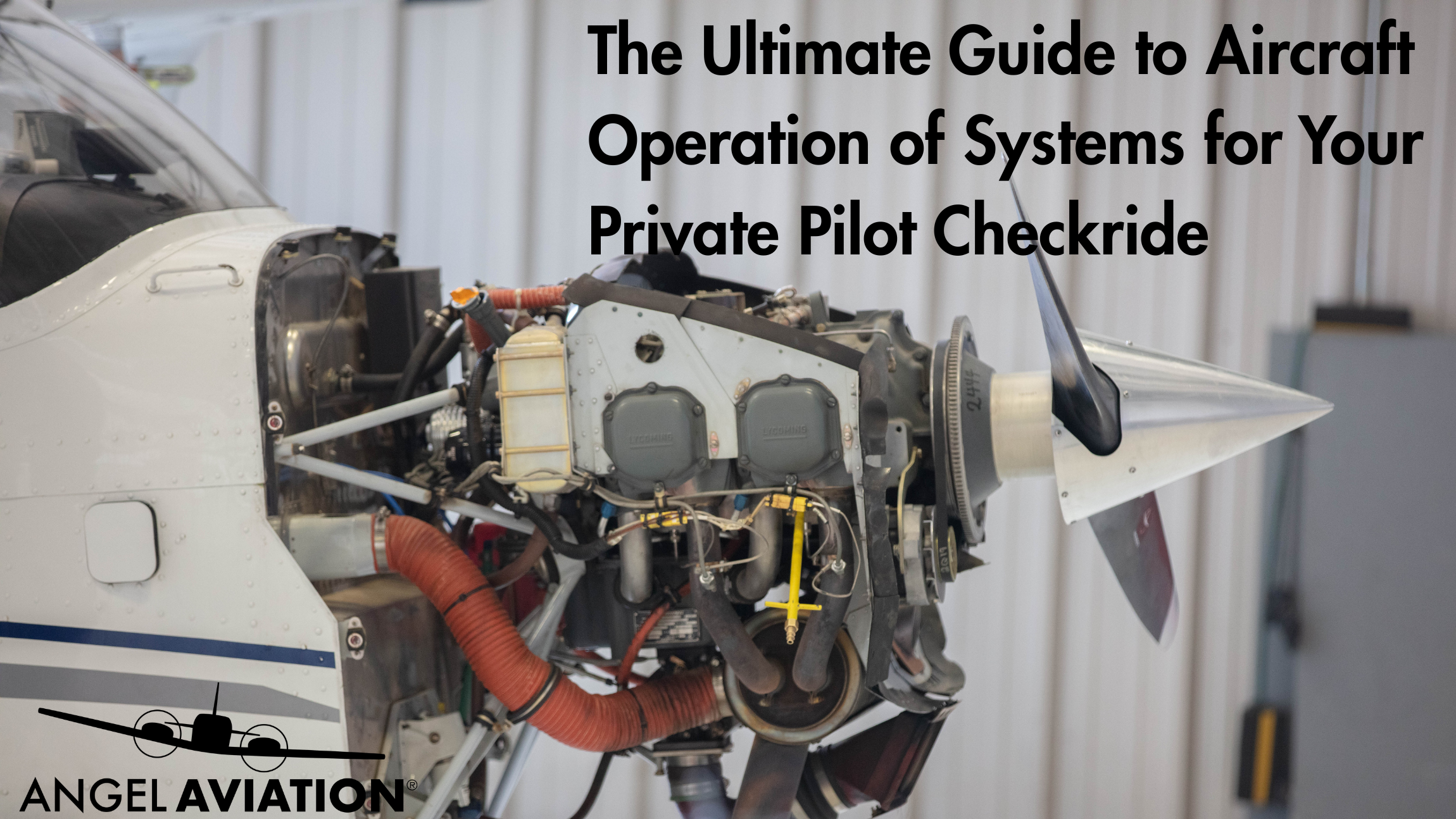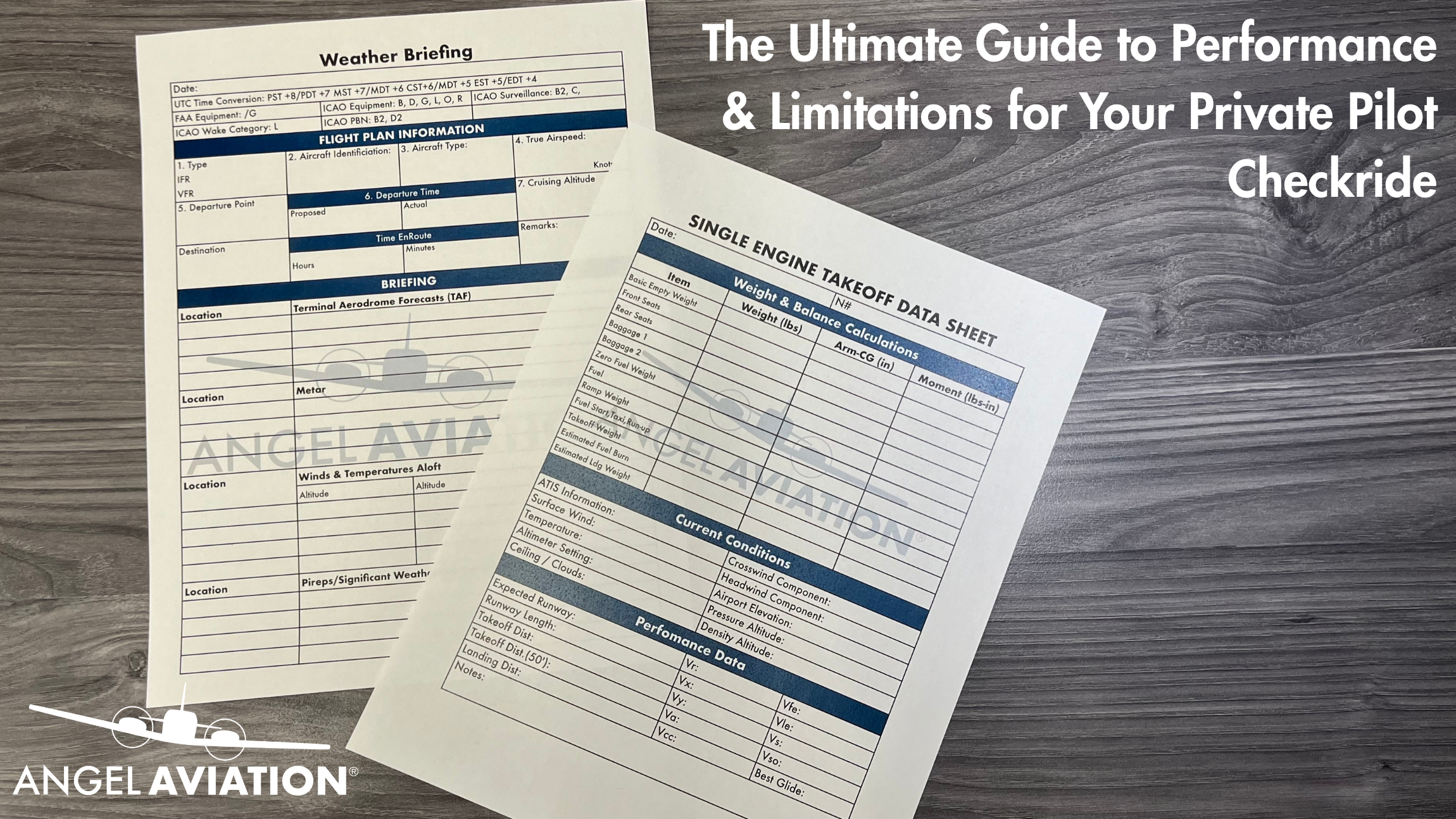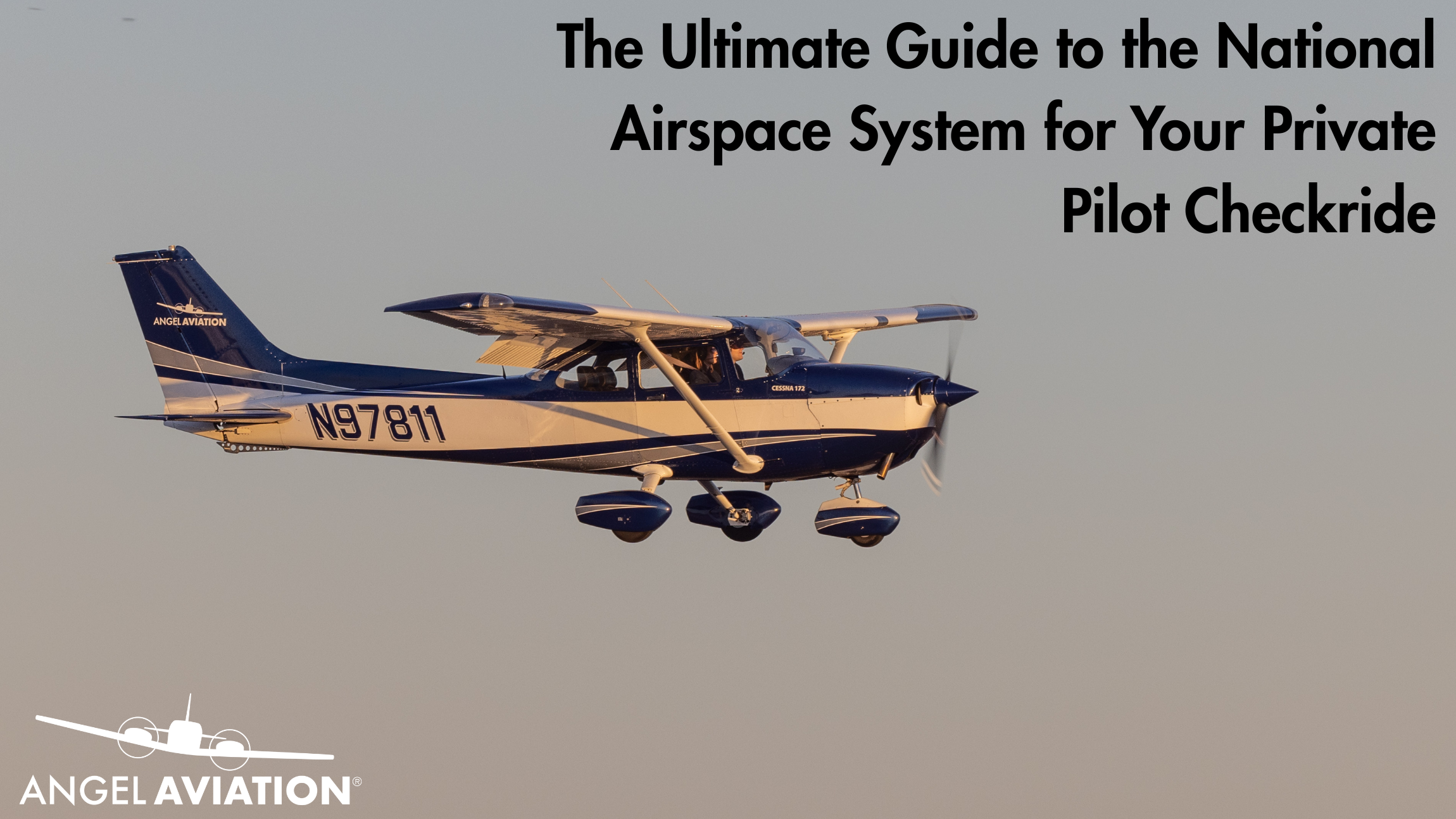At Angel Aviation, we believe that pilots are the most important system in the cockpit. Human factors — the science of how we interact with our environment, equipment, and each other — are just as essential as aerodynamics or engine operations. Your checkride examiner isn’t just looking for technical skill; they’re evaluating your judgment, awareness, and decision-making under pressure.
Whether you’re flying solo in the Arizona desert or navigating busy Class C airspace, this guide will help you understand how human factors affect your flying — and how to demonstrate that knowledge on checkride day.
Why Human Factors Matter at Angel Aviation
We train our pilots to think like aviators, not just airplane operators. That means understanding how stress, fatigue, workload, and even subtle distractions influence every decision in the air.
During your checkride, your DPE will assess how you recognize and manage risk, especially under pressure. This is where human factors knowledge shines — in decisive, confident, safe actions.
Key Human Factors Topics You’ll Be Tested On
1. The “Dirty Dozen” of Human Error
These are the 12 most common causes of human error in aviation. Be able to name and explain them:
- Lack of communication
- Complacency
- Lack of knowledge
- Distraction
- Lack of teamwork
- Fatigue
- Lack of resources
- Pressure
- Lack of assertiveness
- Stress
- Lack of awareness
- Norms
💡 Checkride Tip: Your examiner might ask,
“What human factor do you think is most dangerous for new pilots?”
Be ready to explain how it applies to you personally and how you mitigate it.
2. Situational Awareness (SA)
You need to maintain a mental picture of where you are, what’s happening, and what’s coming next.
You should know:
- How to prioritize attention inside and outside the cockpit
- Signs you’re losing situational awareness
- How to recover SA if you’re overloaded
💡 Scenario You’ll Hear:
“You’re on final approach and ATC gives you a runway change — how do you stay ahead of the airplane?”
3. Aeronautical Decision-Making (ADM)
This is how you make smart choices in real time.
Know these frameworks:
- DECIDE Model: Detect, Estimate, Choose, Identify, Do, Evaluate
- 3P Model: Perceive, Process, Perform
- PAVE Checklist: Pilot, Aircraft, enVironment, External pressures
- IMSAFE Checklist: Illness, Medication, Stress, Alcohol, Fatigue, Emotion
💡 Checkride Tip: Use the PAVE or 3P model to talk through a decision during a scenario — your DPE wants to hear your thought process.
4. Fatigue and Stress Management
Be able to explain:
- How fatigue affects performance
- The difference between acute and chronic stress
- Techniques to reduce cockpit stress (e.g., checklist discipline, task delegation)
💡 Pro Tip: Share a time when you felt behind the airplane — what caused it, and what did you do to recover?
5. Single-Pilot Resource Management (SRM)
This is about using all available resources — human, automation, and informational.
Know how to:
- Use autopilot or GPS to reduce workload
- Delegate tasks (yes, even to passengers, when safe)
- Stay organized during high workload phases (like arrival)
💡 Scenario You’ll Hear:
“You’re entering the traffic pattern and can’t find the airport. What do you do?”
6. Communication & Assertiveness
Instructors often say, “A quiet cockpit is a dangerous one.”
Know how to:
- Speak up when something feels off
- Use clear, standardized phraseology
- Request clarification from ATC or passengers
💡 Checkride Tip: Your DPE may role-play as an unhelpful controller. Stay calm, ask questions, and assert yourself if needed.
Emergency Scenarios That Test Human Factors
Examiners use emergencies to evaluate your mental bandwidth and decision-making. These are classic setups:
- “You notice your engine is running rough and you’re over mountainous terrain — what do you do?”
- “You’re unsure about the weather ahead, but a passenger insists on getting home tonight — what do you say?”
- “You forgot to switch fuel tanks and the engine sputters — how do you recover without panicking?”
The goal isn’t perfection. It’s to demonstrate calm thinking, a clear process, and situational awareness.
Scenario-Based Questions We Practice at Angel
We simulate real mental challenges in the cockpit. You’ll hear:
- “You’re feeling tired before a long solo cross-country — how do you evaluate your fitness to fly?”
- “ATC gives you a complex reroute — how do you avoid task saturation?”
- “A passenger keeps distracting you during landing — how do you handle it?”
💡 Instructor Tip: Use these scenarios to practice verbalizing your thinking — show the examiner how you’re making safe, proactive decisions.
Resources Every Angel Pilot Uses
We integrate human factors into every phase of training, using:
- FAA Risk Management Handbook (FAA-H-8083-2) — ADM and scenario-based decision making
- Airplane Flying Handbook — chapter on human factors
- Checklists — customized for SRM and in-flight mental check-ins
- Real debriefs — after every flight, we review what went well and where judgment played a role
Final Checkride Prep: Think Clearly, Act Decisively
At Angel Aviation, we teach our pilots to think like leaders, not just technicians. The most skilled pilots make smart decisions under pressure because they understand their own limits, recognize subtle signs of stress or distraction, and act with clarity.
Your checkride is not just a test of stick-and-rudder skill — it’s a test of your ability to fly the airplane and manage yourself in the process.
Need Extra Help?
Ask your instructor to run you through a Human Factors Oral Drill, or join our next ADM & SRM Workshop, where we practice decision-making under pressure using real-world case studies.
Train With Awareness. Fly With Confidence.






Leave A Comment